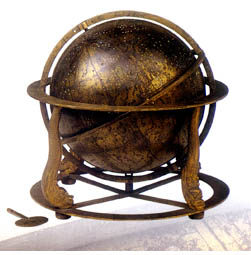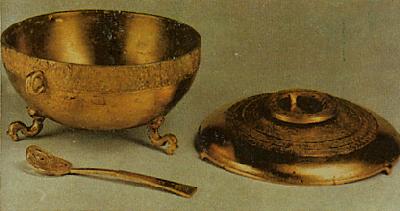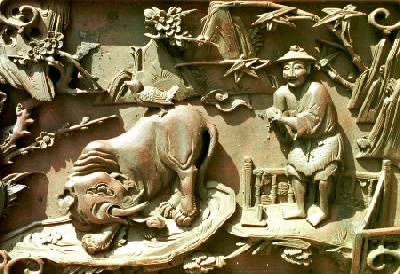 |
| Celestial globe |
Exactly speaking, the
Qing Dynasty lasted from 1644 until the founding of the Republic of China in
1911. After the Opium War of 1840, the Qing entered a semi-colonial and
semi-feudal society, which can be divided into two periods.
 |
| Golden saucer and golden
spoon |
Throughout the reigns of Emperors Kangxi,
Yongzheng and Qianlong, the Qing reached its peak. This was known as the Kang
Qian Sheng Shi (flourishing age from Kang to Qian, 1662-1759). During this
period, Emperor Kangxi recaptured Taiwan and put down the rebellion of the Zhun
Ga'er tribe. With a vast territory, the Qing gradually gained stability, which
enabled a steady development of economy, culture, industry and
commerce.
 |
| Wooden carving |
In the late years of
Emperor Qianlong's reign (circa 1792), the Qing Dynasty began its decline, with
intensified social conflicts and continuous uprisings. The corrupt regime was
best illustrated by the deeds of He Shen, who amassed a huge fortune by taking
bribes and exploiting people. This led to the defeat of the Qing during the
Opium War. With the opening of more and more coastal trade ports after the war,
China's sovereignty became encroached by foreign powers. Under such humiliating
circumstances, patriots never ceased to pursue independence. Uprisings led by
Sun Yat-sen overthrew the Qing Dynasty and set up the Republic of
China.
